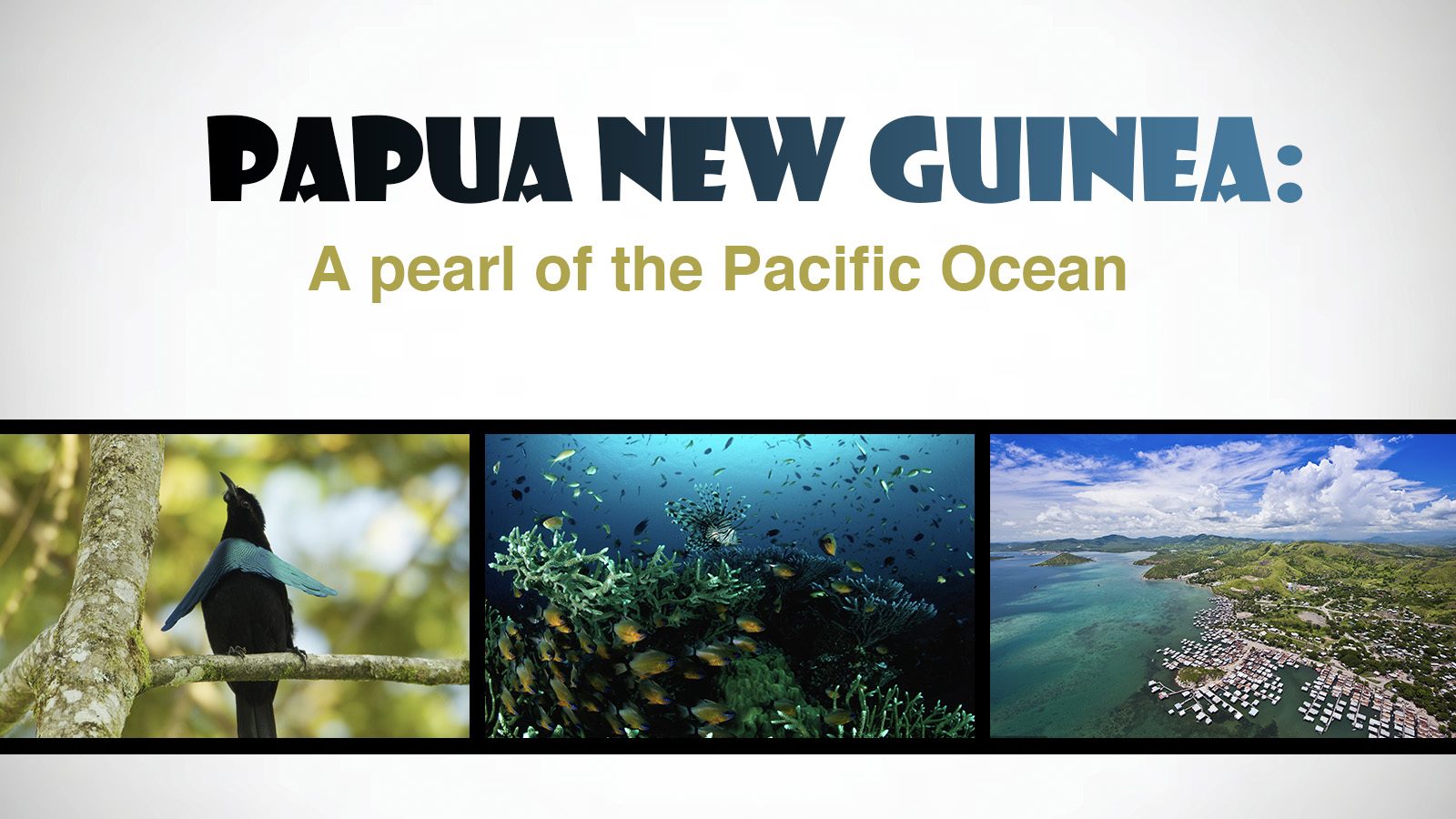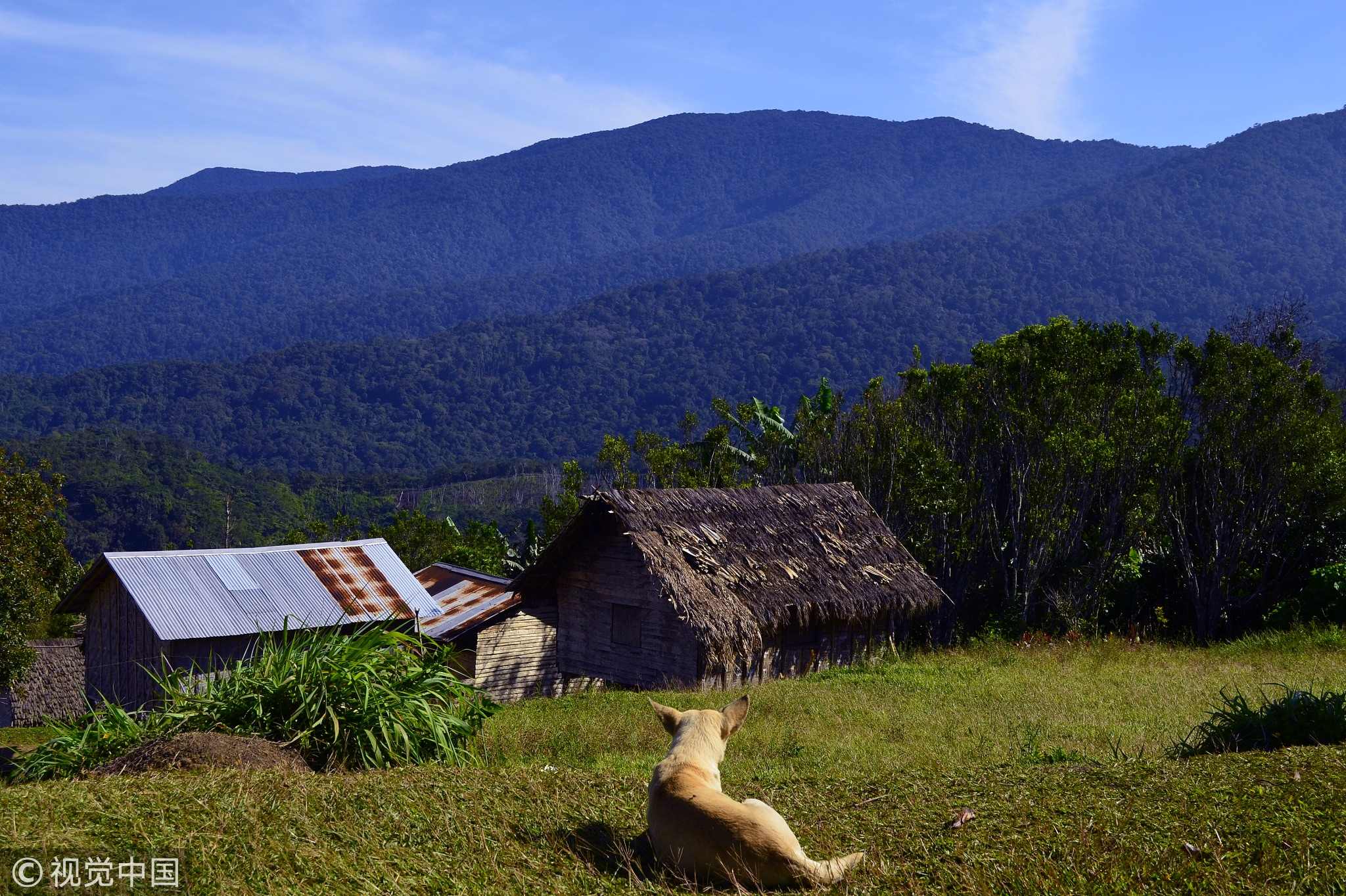Located in the Pacific Ocean, just south of the equator, Papua New Guinea is the second largest Oceanian country with the coastal capital city of Port Moresby. Known for its beautiful beaches and labyrinth coral reefs, it's a remote and still relatively lesser-explored destination for travelers from around the world.
However, Papua New Guinea is undoubtedly one of the few places left on the earth where one can get off the beaten track and find inner peace. Be it culture, wildlife, history, nature, or adventure- the country offers an unforgettable travel experience. Let's take a look at some must-see places on this fascinating land.
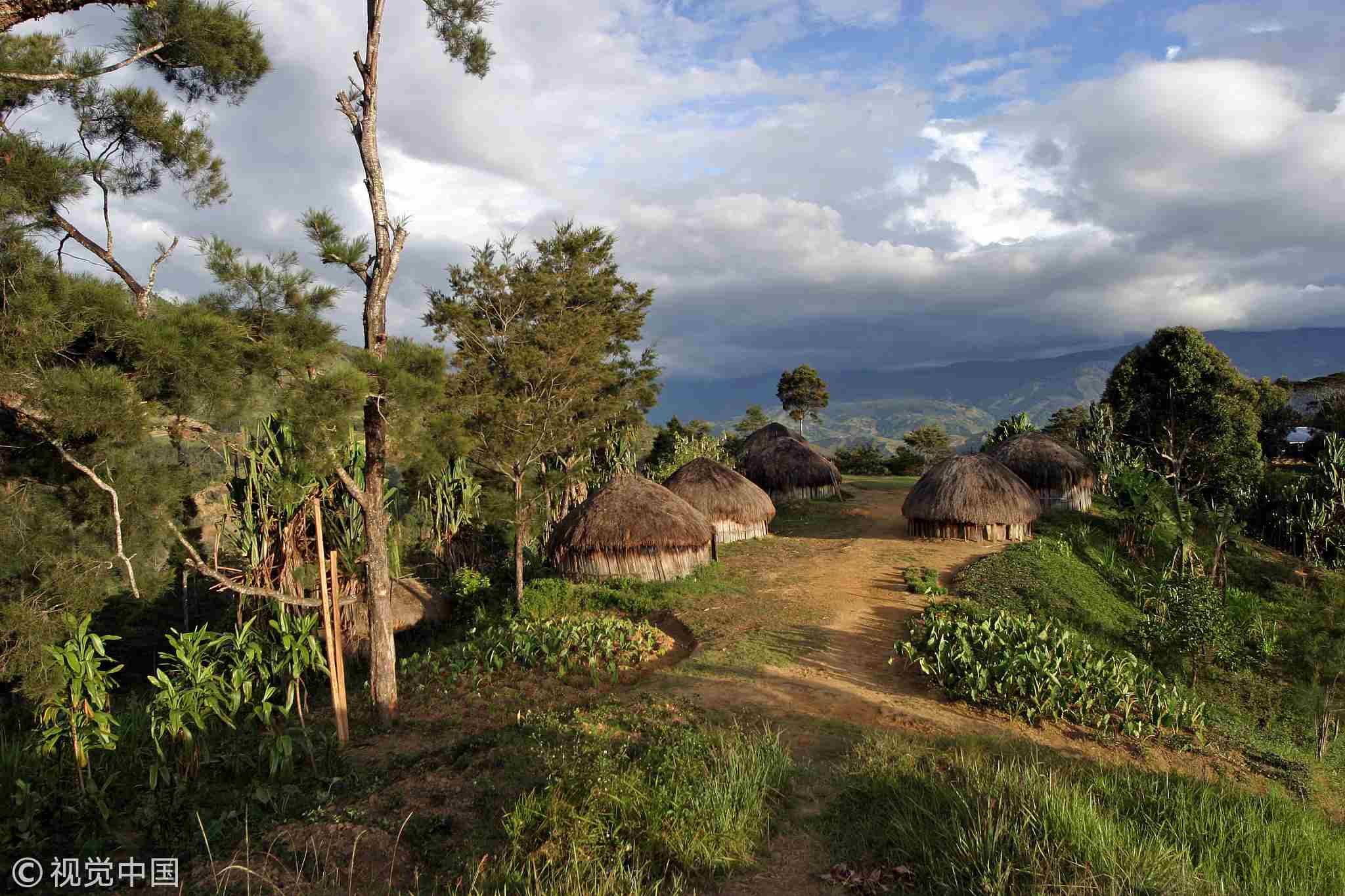
A mesmerizing view of a traditional village in Papua New Guinea. /VCG Photo
A mesmerizing view of a traditional village in Papua New Guinea. /VCG Photo
Port Moresby Nature Park: A natural paradise for travelers
Lush rainforest, tropical waterfalls and the best of the nation's flora and fauna, the Port Moresby Nature Park treasures it all. Located just next to the University of Papua New Guinea, this natural park displays the diversity of plants as well as some rare species like tree kangaroos, hornbills, and birds of paradise.
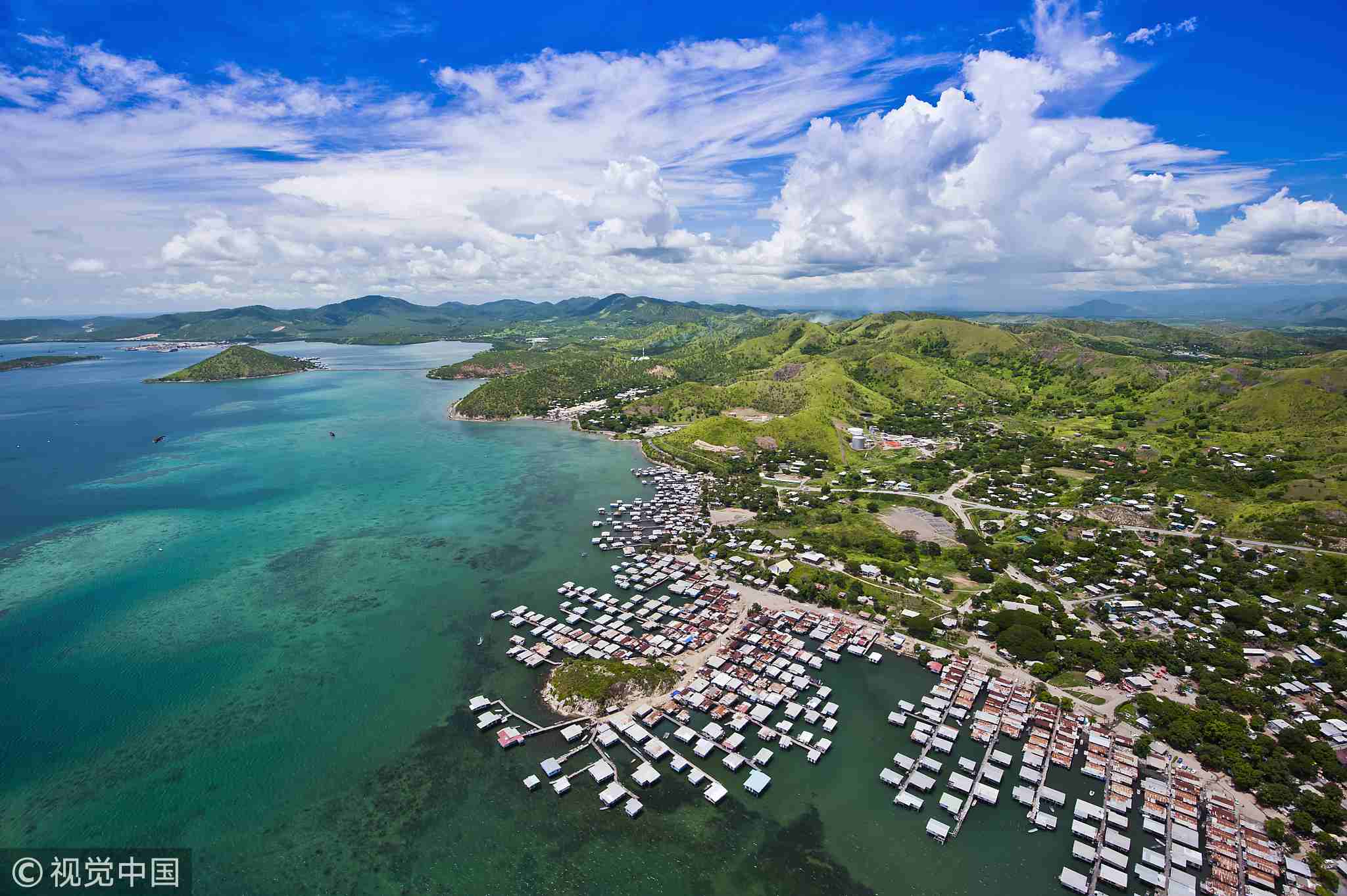
Aerial view of Hanuabada village, Port Moresby, Papua New Guinea. /VCG Photo
Aerial view of Hanuabada village, Port Moresby, Papua New Guinea. /VCG Photo
This nature's heaven is ranked number one of our list of top tourist attractions in Papua New Guinea.
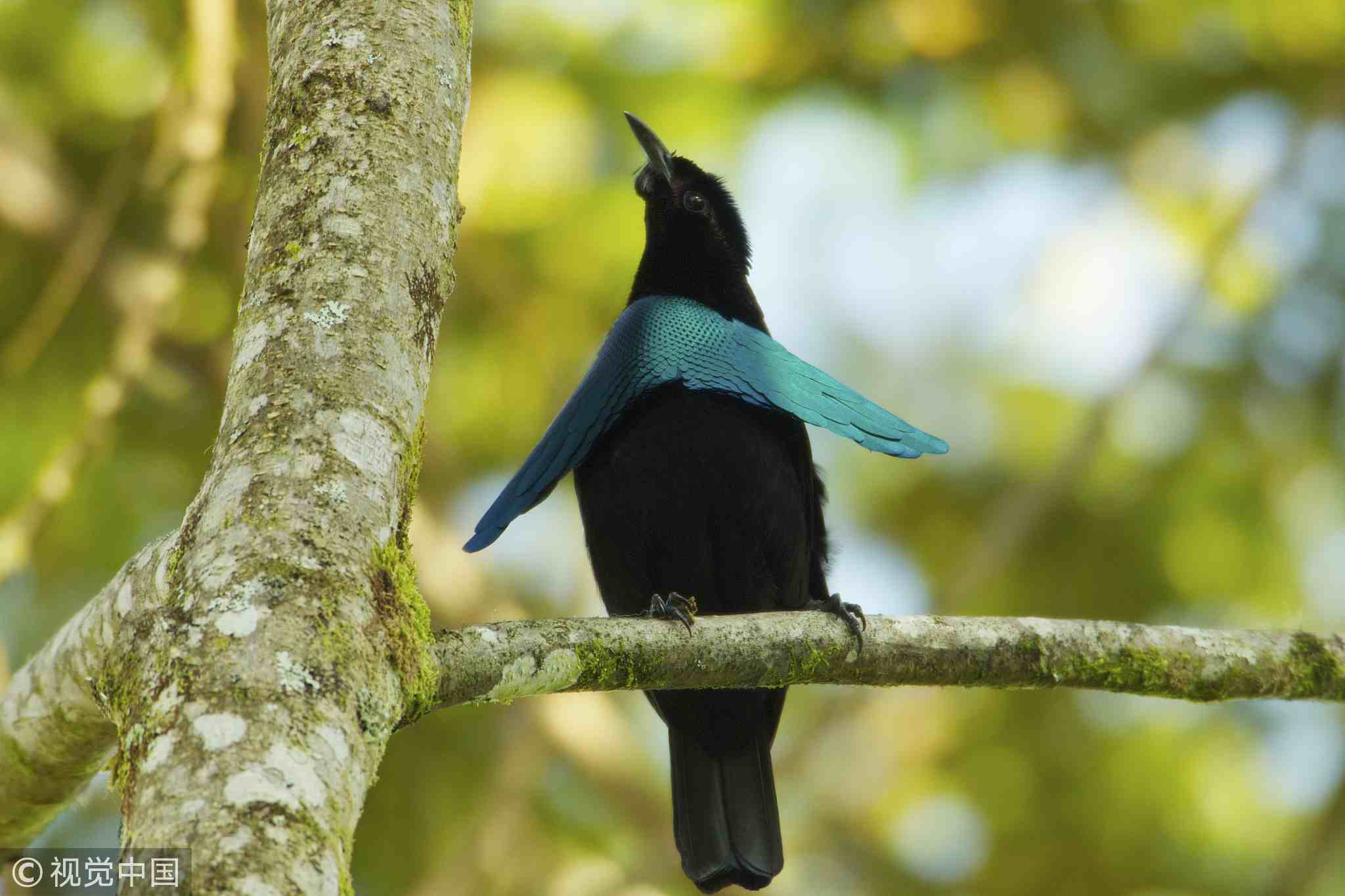
An adult male superb bird-of-paradise perching on a tree branch. /VCG Photo
An adult male superb bird-of-paradise perching on a tree branch. /VCG Photo
Travel tip: Wear long pants to avoid the mosquito bites.
Kokoda Track: Trek on a trail of war
Do you fancy an adventure trip? Then, Kokoda Track might be an ideal destination for you. This 96-kilometer path crosses the otherwise impassable Owen Stanley mountain range that divides the north and south coasts of Papua New Guinea. It was a battleground where Australian and Japanese forces fought during WWII. Now, it has been turned into a rough track passing through a tropical jungle and remote villages. It's a must-visit for travelers who like challenging their limits.
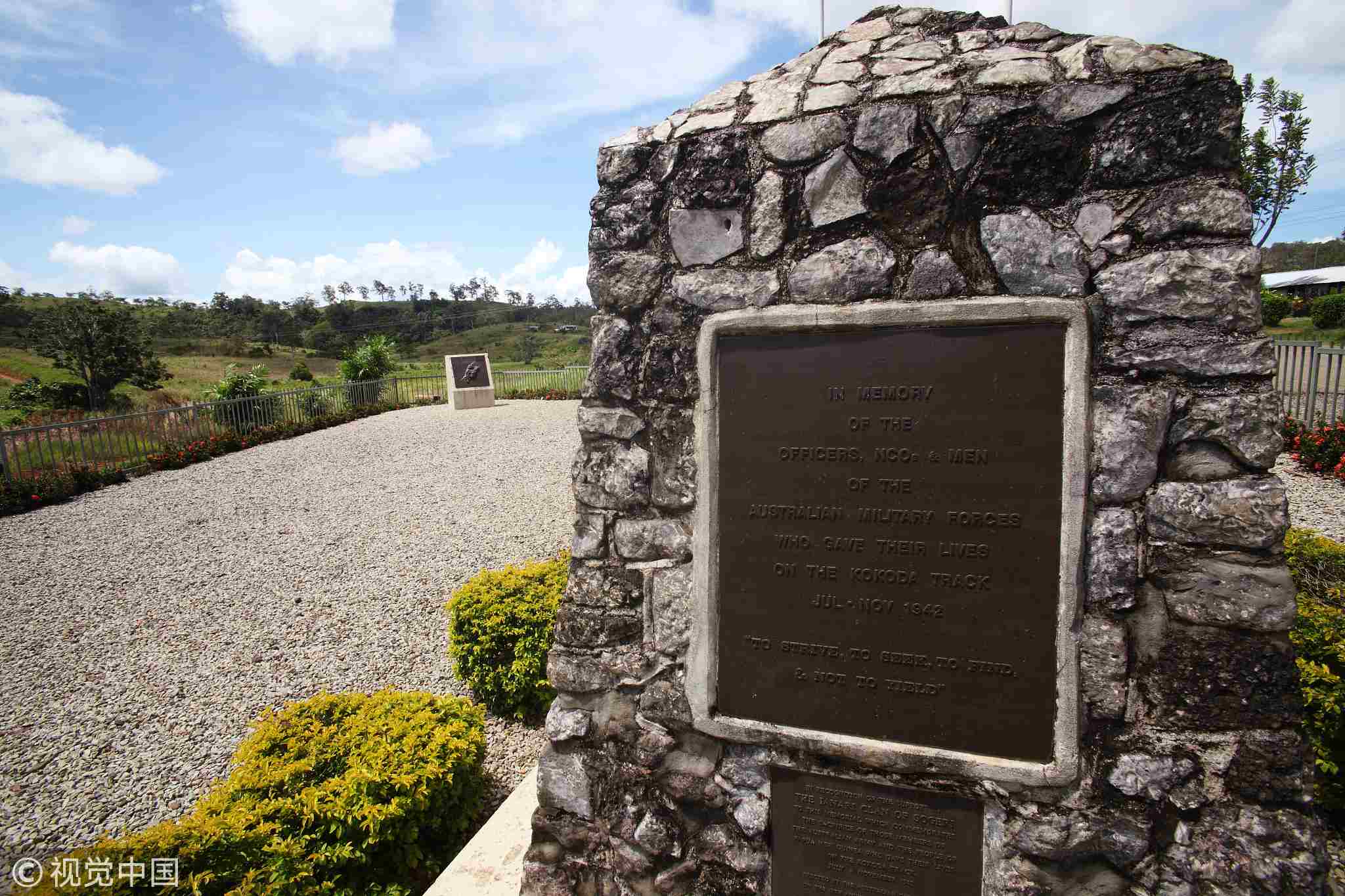
Australian WWII memorial plaques at Sogeri, en route to Owers Corner, the start of the Kokoda Track. /VCG Photo
Australian WWII memorial plaques at Sogeri, en route to Owers Corner, the start of the Kokoda Track. /VCG Photo
During the trek, you may encounter heavy rains and muddy terrains. However, trekkers who successfully finish the trail must report to the Kokoda Track Authority to be officially stamped off the trail.
In addition, the tribal communities in the coastal villagers always welcome visitors with traditional hospitality and if you manage to charm them, they might even show you their ancestors' holy skull caves.
Usually, it takes nine days to finish the whole track by walk. The best time to travel here is from April to November.
Milne Bay: An ideal place for diving and snorkeling
Papua New Guinea is a world-class diving destination; the most popular site is Milne Bay. It boasts a great variety of diving sites, stunning drop-offs, and colorful coral gardens.
The biodiversity beneath is vibrant with colorful corals and marine life which allows travelers to immerse themselves in the mysterious underwater world.
The waves are uncrowded for surfers, making it an ideal location to undertake aquatic adventures.
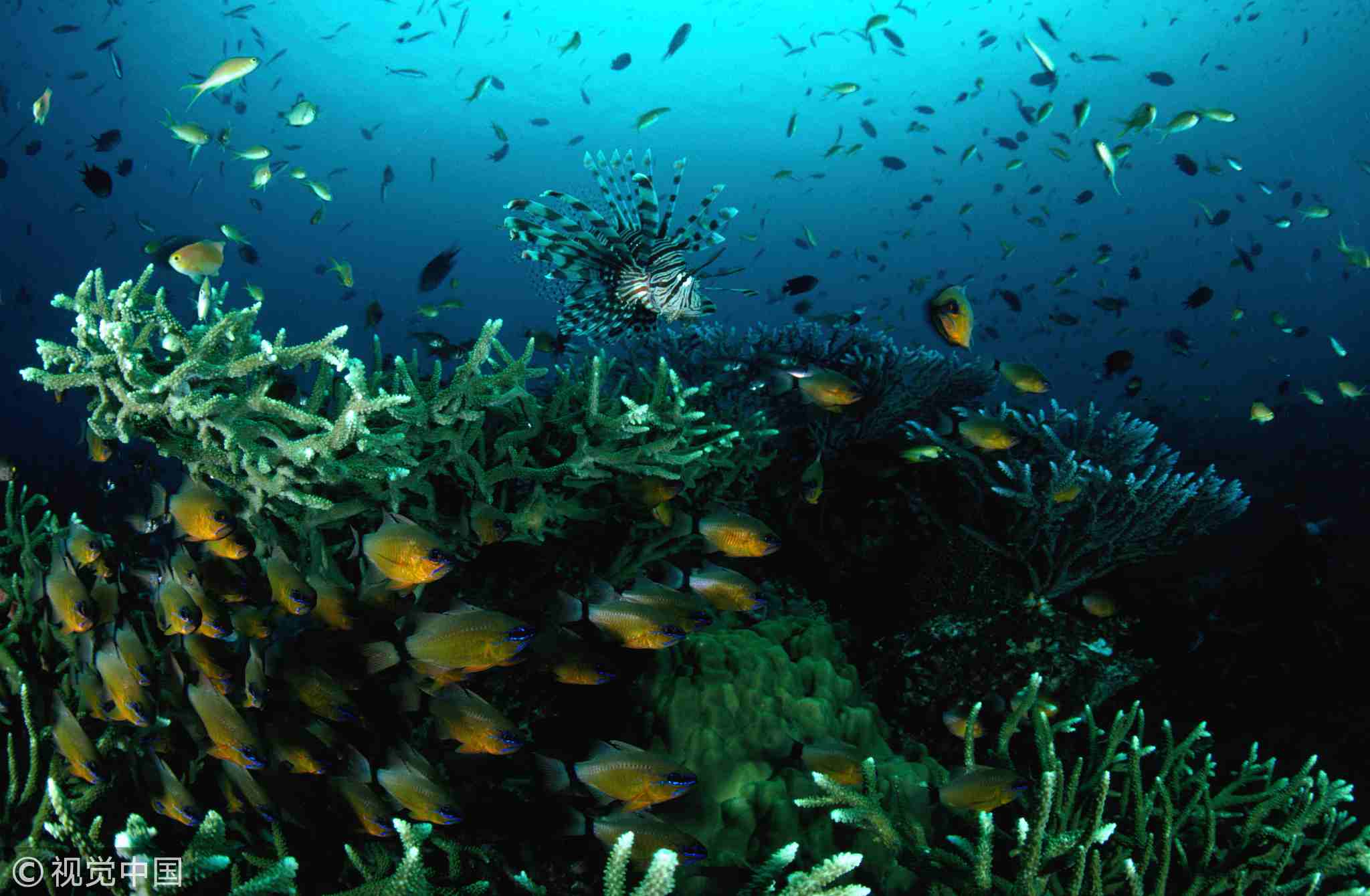
Lionfish hunt at Kathy's Corner in Milne Bay. /VCG Photo
Lionfish hunt at Kathy's Corner in Milne Bay. /VCG Photo
Another adventure destination is the Tawali Skull Cave. Located on the north coast of Milne Bay, it's about 15 minutes' walk from the village beach. The cave treasures skulls of tribal warriors. However, the path leading to the underground cave is dark and dense, and therefore, a guide is necessary for the travelers to access the cave.
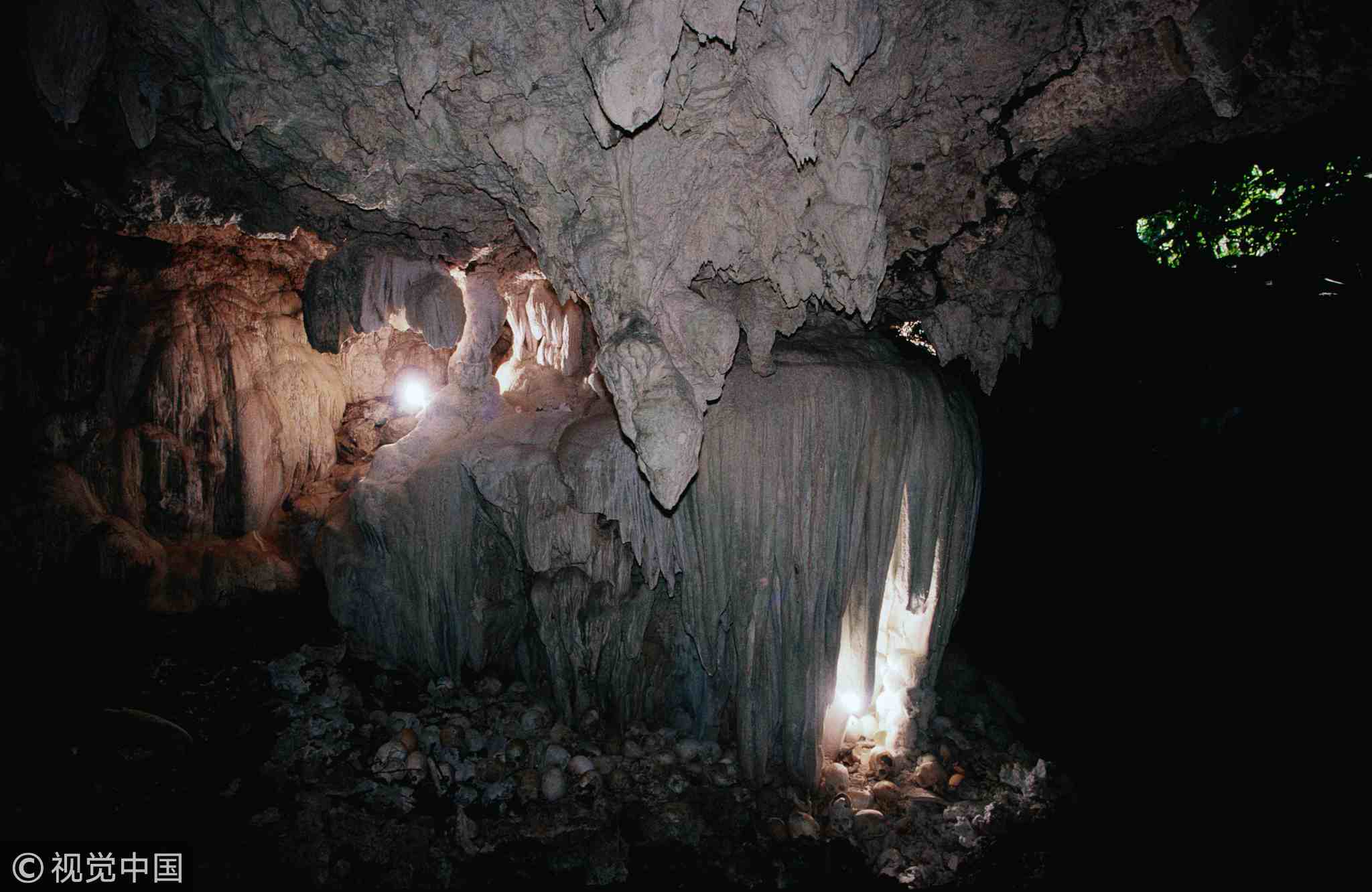
Skulls of tribal warriors are preserved in the Skull Cave, Alotau, Milne Bay. /VCG Photo
Skulls of tribal warriors are preserved in the Skull Cave, Alotau, Milne Bay. /VCG Photo
The wreckage of fighter planes used during the Battle of Milne Bay in WWII also makes it a must-see place for historical reasons.
Savor traditional cuisine
The traditional cuisine of Papua New Guinea is based on root crops such as Taro and Kaukau.
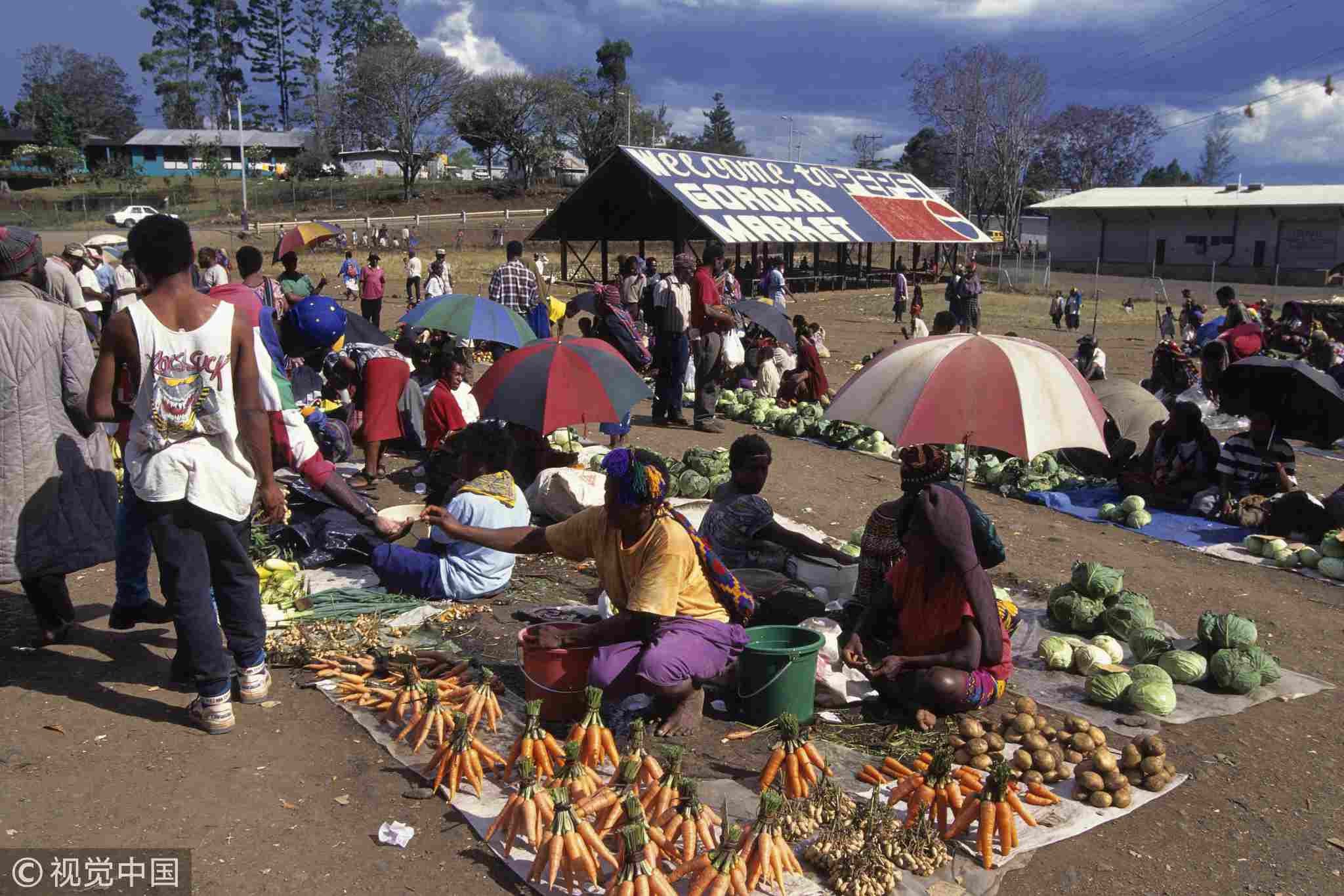
Goroka Vegetable Market. /VCG Photo
Goroka Vegetable Market. /VCG Photo
Apart from the city restaurants, meat is rarely eaten by the locals, but if you're lucky you may be offered chicken and pork. The daily diet of countryside residents mainly comprises of vegetables.
Fruits like bananas, papaya and pineapple are eaten as desserts. So, before you leave, remember to taste the traditional local food and drinks as they would probably make your trip linger on your taste buds.
Travel information
Due to the lack of good roads and transport system, the best mode to travel in Papua New Guinea is via air. Visitors could take domestic flights from Port Moresby to many popular sites in the country.
For instance, the national airline, Air Niugini, operate weekly direct flights from the capital city to many domestic and international destinations including Singapore, Tokyo, Sydney, and Hong Kong.
The best way to book a flight is via a local tour operator.
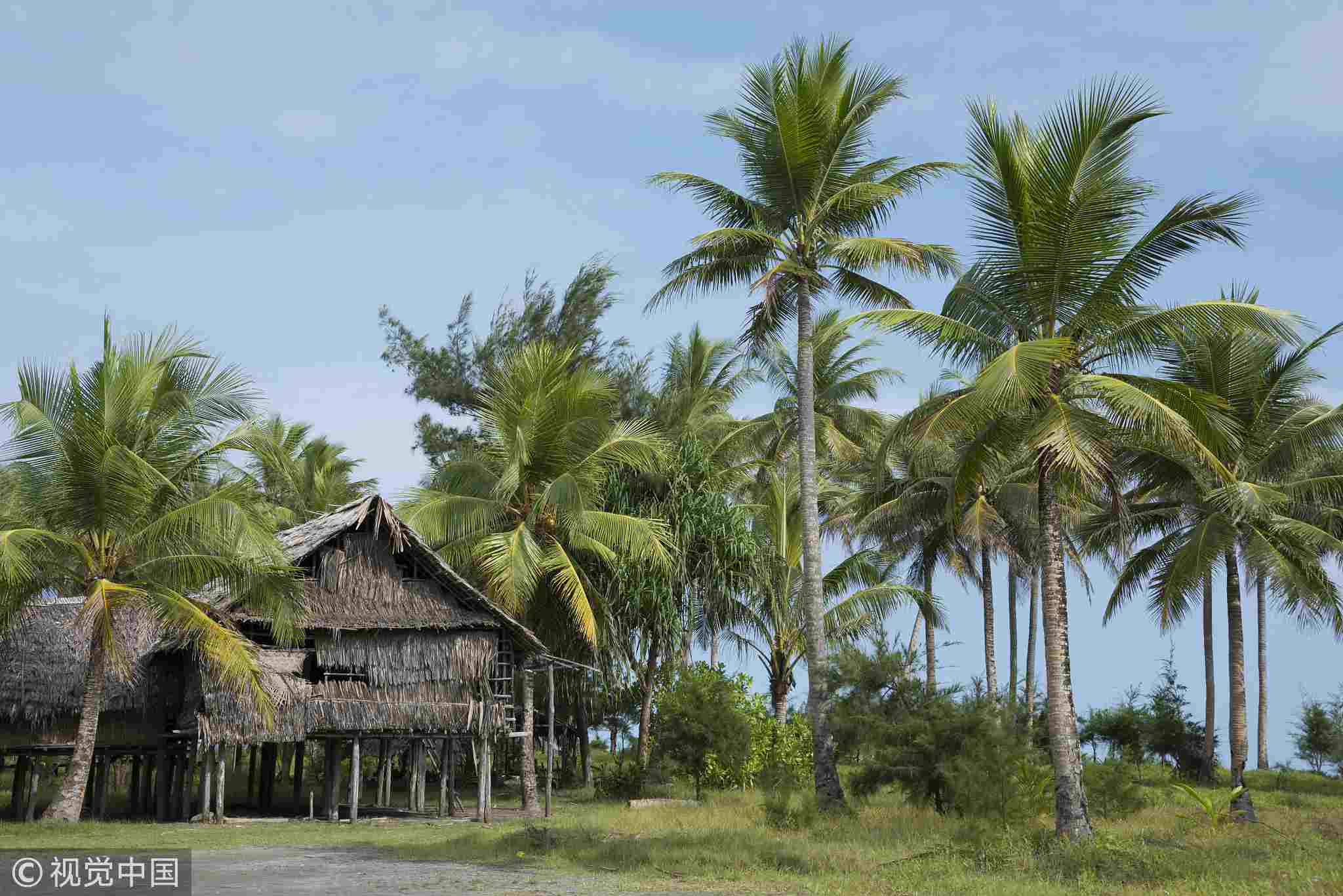
A wooden stilt house on the Sepik River shore, Est Sepik province, Papua New Guinea. /VCG Photo
A wooden stilt house on the Sepik River shore, Est Sepik province, Papua New Guinea. /VCG Photo
Boats are also a convenient way to ferry from one island to another.
A visa is required to visit Papua New Guinea, though passport holders from many countries are eligible for a 60-day visa on arrival for free at Port Moresby airport.
Papua New Guinea used to be lesser-known to the world, but now it's rapidly opening up to more intrepid travelers with its unique topography and enchanting natural scenery.

